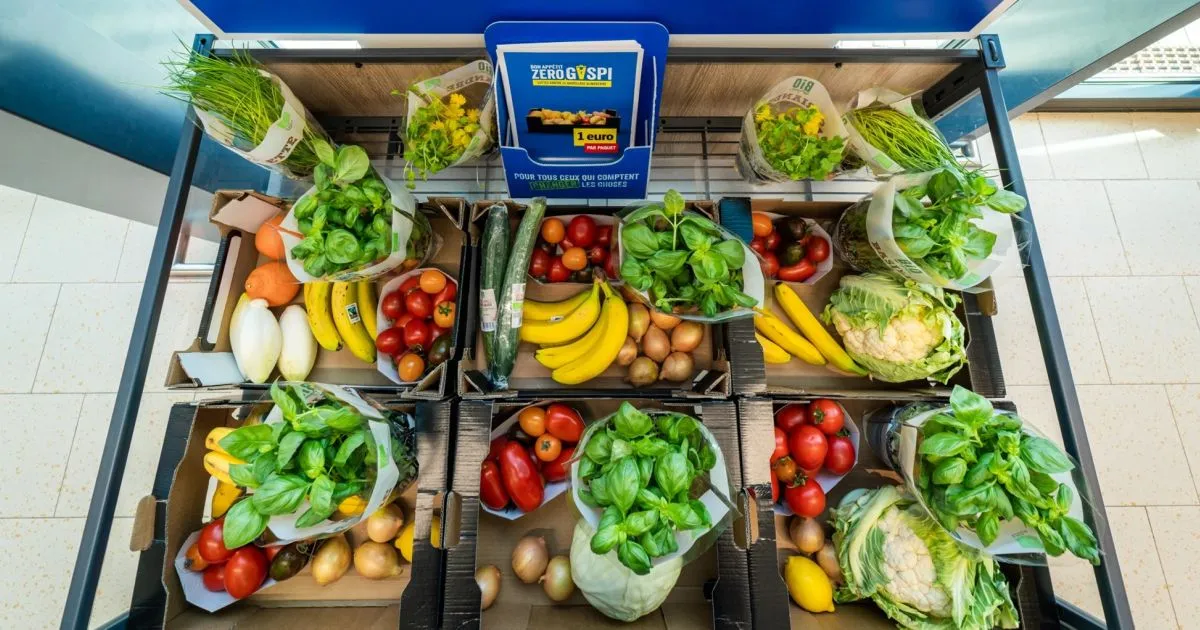I’m surprised to hear a phone for $100 referred to as cheap. But I suppose it is relative to some phones fetching 4 figures. Crazy! In the past I would go to the shop of a carrier and ask what they have in the backroom which is still new in box but not current enough to expose on the store shelves. I got new phones between $5 and $20 this way, which were only 1 or 2 Android versions behind.
That’s still not good. It’s frugal but it still feeds the 1st hand market when the 2nd hand market is absolutely flooded with phones no one wants. Going forward, every phone I buy will be 2nd hand.
The street markets are flooded with cameras (both digital and film). If you’re not fussy about pocket space that could be worth considering.













The old laptop is the same one I use for all computing. So using an SBC would just add to the energy consumption.
But an SBC could be interesting anyway because there could be moments when I would want a phone to connect without the laptop dependency. So I would be interested in hearing how it works. Does the SBC also charge the phone over USB? Does the reverse tethering software exist that can run on an SBC? It would be cool to have this configuration:
phone → USB → SBC → ethernet → router…
Especially cool if the SBC could run Tor and proxy all traffic over Tor (though I suppose that job would best be served by the router).